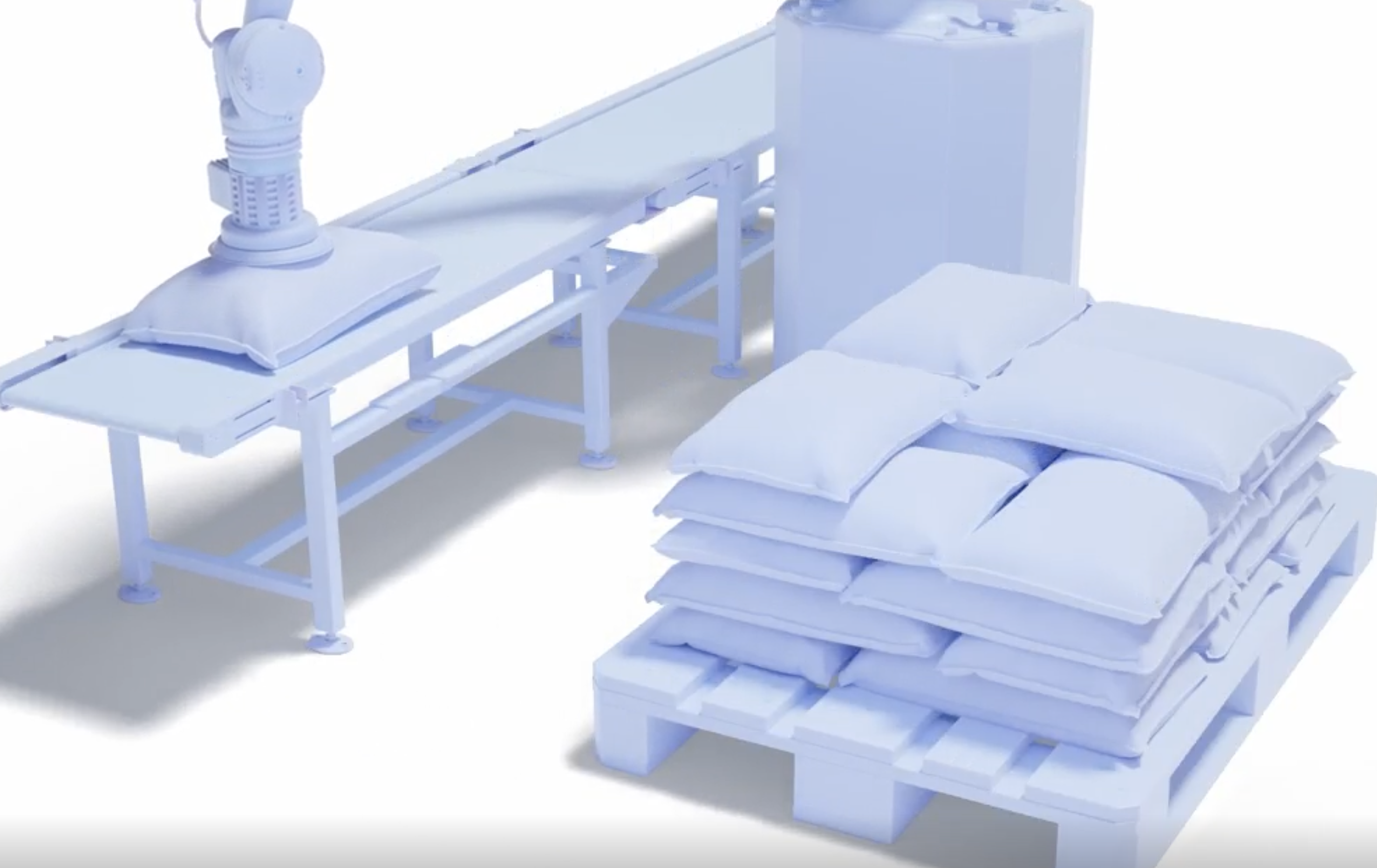
In today’s fast-paced manufacturing landscape, machine builders are under constant pressure to deliver automation systems that are not only efficient, but also adaptable and scalable. Choosing the right integration strategy, whether plug-and-play or custom engineering, can significantly impact production performance, cost-efficiency, and long-term competitiveness.
This is not just a theoretical decision. According to Deloitte, 85% of industrial leaders consider integration flexibility a critical factor when selecting new technologies.
Understanding the strengths and ideal applications of each approach is therefore essential before committing to a solution.
Plug-and-play solutions offer fast deployment with minimal configuration. These systems require fewer engineering resources and are particularly attractive when project timelines are tight or budgets are limited.
Traditionally seen as a fit for structured and repetitive workflows, plug-and-play has significantly evolved. Thanks to recent advances in AI and 3D vision, modern plug-and-play modules can now handle tasks previously considered too complex. For example, some systems today can process mixed pallets, detect irregular objects, and manage variable packaging without additional programming.
Plug-and-play systems are most effective when the environment and object types are well understood at the time of setup. In situations where workflows change frequently or technical constraints are highly specific, some degree of adaptation may still be necessary to optimize results.
Overall, plug-and-play provides a compelling balance of ease, speed, and flexibility, especially in well-scoped industrial contexts.
Custom engineering begins with the unique characteristics of your operation. Rather than adapting to a predefined system, a custom approach builds the automation solution around your environment, edge cases, and existing infrastructure.
This route is especially powerful when high precision, reliability, or technical integration are strategic priorities. Custom systems can be designed to communicate with legacy PLCs, accommodate complex sensor arrays, and comply with specific regulatory or safety standards. When paired with AI trained on real facility data, these solutions excel in managing unstructured environments and variability with minimal manual oversight.
According to BCG, custom-built computer vision systems can achieve up to 40% more accuracy compared to generic alternatives. PwC also reports that tailored AI implementations experience 30% fewer failures than standard setups.
While custom solutions often require more upfront investment and development time, they offer strong long-term value in demanding or evolving applications.
Choosing between plug-and-play and custom engineering depends on your goals, your production environment, and the degree of flexibility required over time.
If your layout is stable, your product flow is predictable, and your system doesn’t change often, plug-and-play may deliver the fastest return with the least complexity. Today’s plug-and-play options can handle a surprising amount of variation, especially when equipped with modern AI and 3D imaging technologies.
On the other hand, if your operations include frequent product changes, strict compliance needs, or legacy systems that require custom interfacing, a tailored solution may offer better long-term efficiency and adaptability.
It’s also important to consider data availability, internal engineering resources, and how scalable your system needs to be in the future. A short-term solution may meet immediate goals, but a strategic perspective ensures your automation continues to deliver value as your needs grow.
There is no universally better choice. Plug-and-play solutions are faster to implement and easier to manage, and can now handle more complex scenarios than ever before. Custom engineering, in contrast, delivers maximum precision, flexibility, and alignment with unique operational constraints.
Successful machine builders are those who evaluate their use case thoroughly, balancing short-term efficiency with long-term scalability and system compatibility.
At Data Spree, we specialize in deep learning-based computer vision tailored to industrial automation. Our expertise includes both custom AI models and plug-and-play modules, designed to perform reliably in real-world production environments.
Our depalletization solution is a plug-and-play system built specifically for machine builders. It leverages 3D imaging technologies like time-of-flight and stereo vision to detect and localize objects, including on mixed pallets. With deep learning, it recognizes a wide range of product types in real time and transmits coordinates directly to robotic controllers. This reduces setup time, eliminates the need for complex programming, and improves operational performance across diverse pallet formats.
Thanks to our lean startup methodology, we support rapid prototyping and deliver measurable results early on, whether through tailored solutions or ready-to-integrate modules. With Data Spree, you get the best of both worlds: speed when it matters, and precision where it counts.